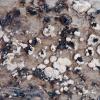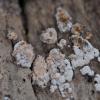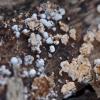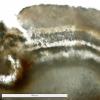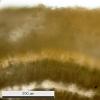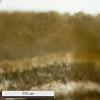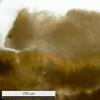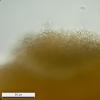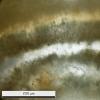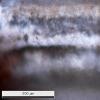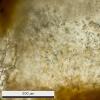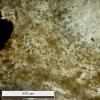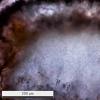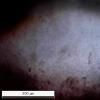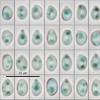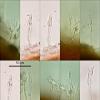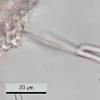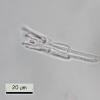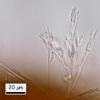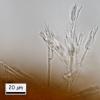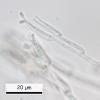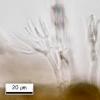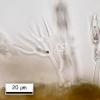
24-12-2025 17:08
Hulda Caroline HolteHello, I have found this propoloid ascomycete on

21-12-2025 09:32
Hello.A tiny ascomycete found embedded in wood in

21-12-2025 21:32
Pol DebaenstHello, Garden, Burgweg 19, Veurne, BelgiumOn 10/1

22-12-2025 23:38
Patrice TANCHAUDBonsoir, rûˋcolte sur un mur en pierre, apothûˋci

22-12-2025 00:47
Patrice TANCHAUDBonsoir, rûˋcolte û proximitûˋ du milieu dunaire
Hymenobolus agaves anamorph
Miguel ûngel Ribes,
12-03-2013 00:39
 Good night
Good nightPerhaps someone remember this Hymenobolus agaves: http://www.ascofrance.fr/search_forum/10909
Rubûˋn has foung more collections in another Canary Island, La Gomera. In some collections, between H. agaves apothecium, are growing too a white-orange anamorph, 2-5 mm broad, relatively hard (it is posible to cut it).
Is it posible the anamorph of H. agaves? How to study this anamorph?
This are general views.
Thank you.
Miguel ûngel Ribes,
12-03-2013 00:44
Miguel ûngel Ribes,
12-03-2013 00:50
Miguel ûngel Ribes,
12-03-2013 00:53
Miguel ûngel Ribes,
12-03-2013 00:55
Hans-Otto Baral,
12-03-2013 08:06

Re : Hymenobolus agaves anamorph
Great, Miguel! Could you please show us a closeup of the conidiogenous cells, were the conidia emerge? I assume they are phialidic. Then we can search in Genera of Hyphomycetes, or someone has an idea.
I have given the previous Hymenobolus specimen for sequencing, I am curious where it could belong.
Zotto
I have given the previous Hymenobolus specimen for sequencing, I am curious where it could belong.
Zotto
Hans-Otto Baral,
12-03-2013 22:56

Re : Hymenobolus agaves anamorph
Hi Miguel
Walter Gams answered me that this is ô clearly aô Clonostachys, probably Clonostachysô solani (Harting) Schroers & W. Gams, which is quite common, often fungicolous, and the anamorph of a Bionectria. So certainly not belonging to Hymenobolus.
Zotto
Walter Gams answered me that this is ô clearly aô Clonostachys, probably Clonostachysô solani (Harting) Schroers & W. Gams, which is quite common, often fungicolous, and the anamorph of a Bionectria. So certainly not belonging to Hymenobolus.
Zotto
Miguel ûngel Ribes,
13-03-2013 00:15

Re : Hymenobolus agaves anamorph
Hi Zotto, Superb.
Thank you again to resolve this puzzle.
See you.
Thank you again to resolve this puzzle.
See you.
